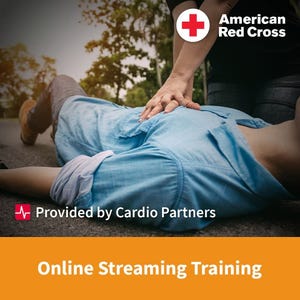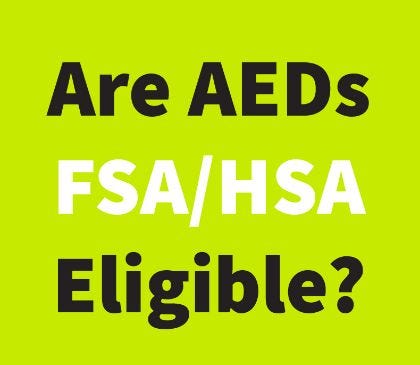Online Adult, Child, & Baby First Aid/CPR/AED Training
- Feb 7, 2022

Online Adult, Child, & Baby First Aid/CPR/AED Training
Care and warning signs of those in need of CPR differ for children and babies and adults. Knowing what to look for and how to react based on if they are a child or adult can drastically improve the chances of survival. When CPR is administered it can increase the chance of survival by 2x-3x.
Child & Baby First Aid/CPR/AED
First aid, CPR and AEDs can be helpful in babies and children in the event of an accident, drowning, suffocation and more. If a child or baby appears unresponsive your first step is to shout and tap them for no more than 10 seconds. If they do not respond this is a sign CPR is needed. When performing CPR on a child you will use the one-handed CPR technique and for a baby, you will use a two-finger technique. CPR should be performed for two minutes and as soon as an AED is available that should be used.
When using an AED on an infant or child it is important to use the pediatric set of pads. Pediatric ready AEDs include the Zoll AED 3 and Physio-Control LIFEPAK CR2 AED. The Zoll AED 3 is semi-automatic and automatic, offers CPR feedback as well as visual and audio cues to help guide you through using the AED. The Physio-Control AED offers multiple languages, is semi-automatic and automatic, offers CPR feedback as well as audio cues.
Care and warning signs of those in need of CPR differ for children and babies and adults. Knowing what to look for and how to react based on if they are a child or adult can drastically improve the chances of survival. When CPR is administered it can increase the chance of survival by 2x-3x.
Child & Baby First Aid/CPR/AED
First aid, CPR and AEDs can be helpful in babies and children in the event of an accident, drowning, suffocation and more. If a child or baby appears unresponsive your first step is to shout and tap them for no more than 10 seconds. If they do not respond this is a sign CPR is needed. When performing CPR on a child you will use the one-handed CPR technique and for a baby you will use a two-finger technique. CPR should be performed for two minutes and as soon as an AED is available that should be used.
When using an AED on an infant or child it is important to use the pediatric set of pads. Pediatric ready AEDs include the Zoll AED 3 and Physio-Control LIFEPAK CR2 AED. The Zoll AED 3 is semi-automatic and automatic, offers CPR feedback as well as visual and audio cues to help guide you through using the AED. The Physio-Control AED offers multiple languages, is semi-automatic and automatic, offers CPR feedback as well as audio cues.
Adult First Aid/CPR/AED
Performing CPR on adults is imperative for their survival in a situation where they are experiencing sudden cardiac arrest (SCA) or are unconscious due to other reasons. Using a two-hand technique the bystander can give CPR in addition to giving two breaths. This should be repeated until an AED can be used.
The average ambulance arrives in eight minutes so if an AED is nearby prior to their arrival, it should be used to give the victim the best opportunity to survive. Recommended adult AEDs include the Philips HeartStart OnSite AED and the HeartSine Samaritan PAD AED. The Philips AED is semi-automatic and includes audio cues. The HeartSine AED is both semi-automatic and automatic and offers both visual and audio cues. These AEDs each include adult pads to be used prior to delivering the shock.
Cardio Partners offers an Adult, Child, Infant CPR/AED/First Aid Online Training course to help parents, students and other individuals learn how to recognize and respond to common emergencies, how to treat individuals of all ages for CPR and how to use an AED on infants/children and adults. Taking this class can ensure you are always ready to jump into action when it matters most.







 CALL US:
CALL US: